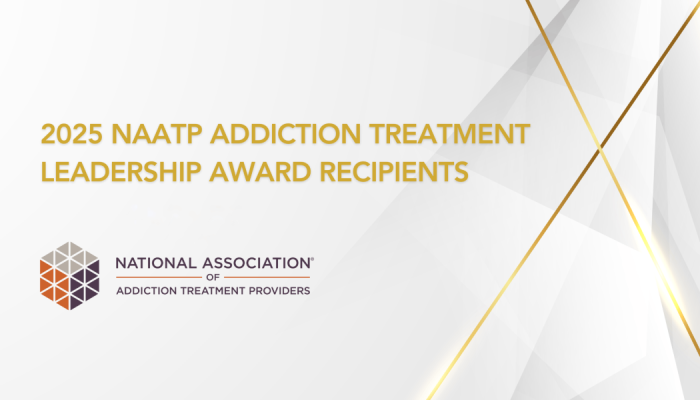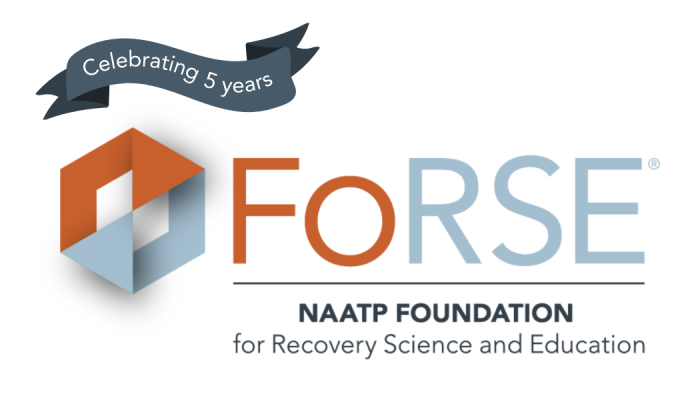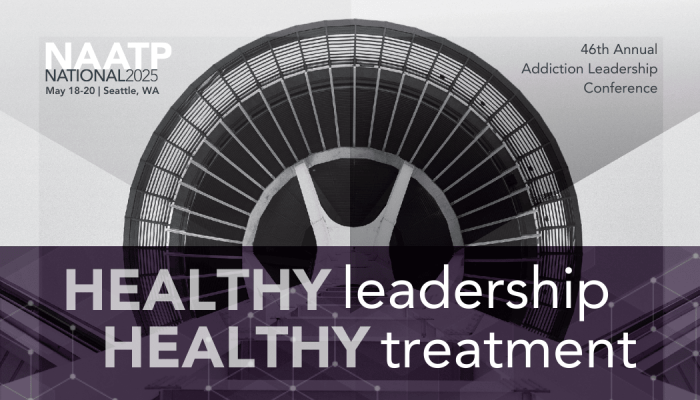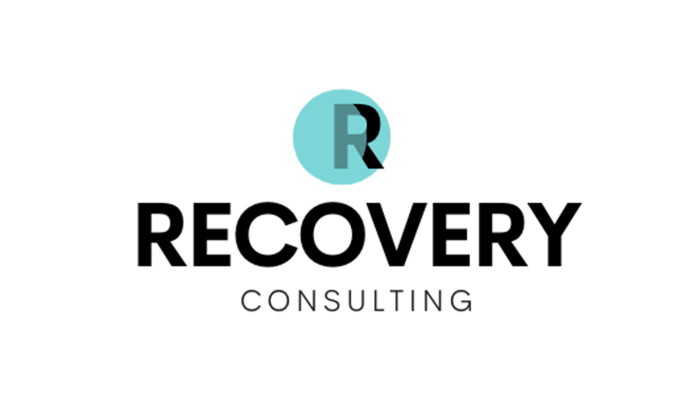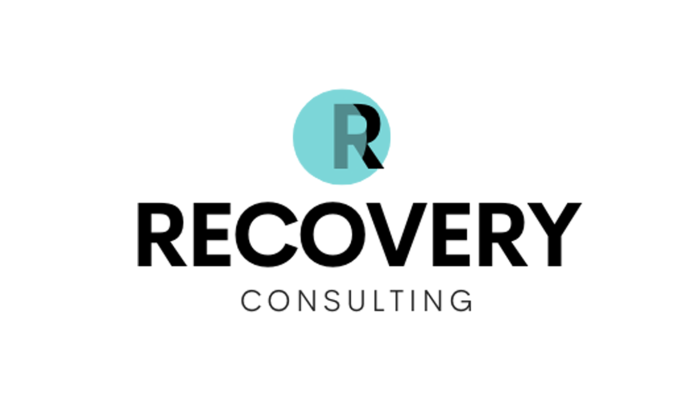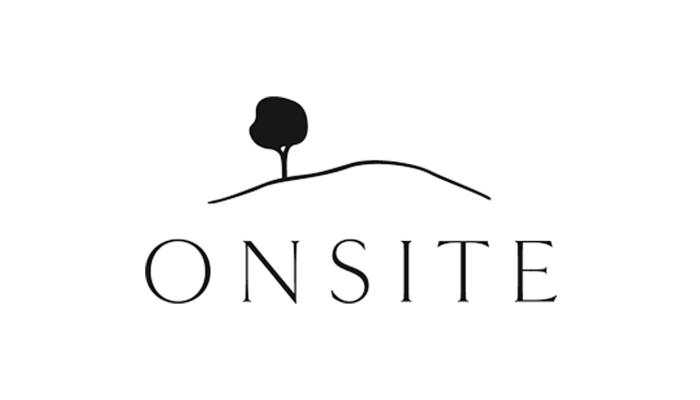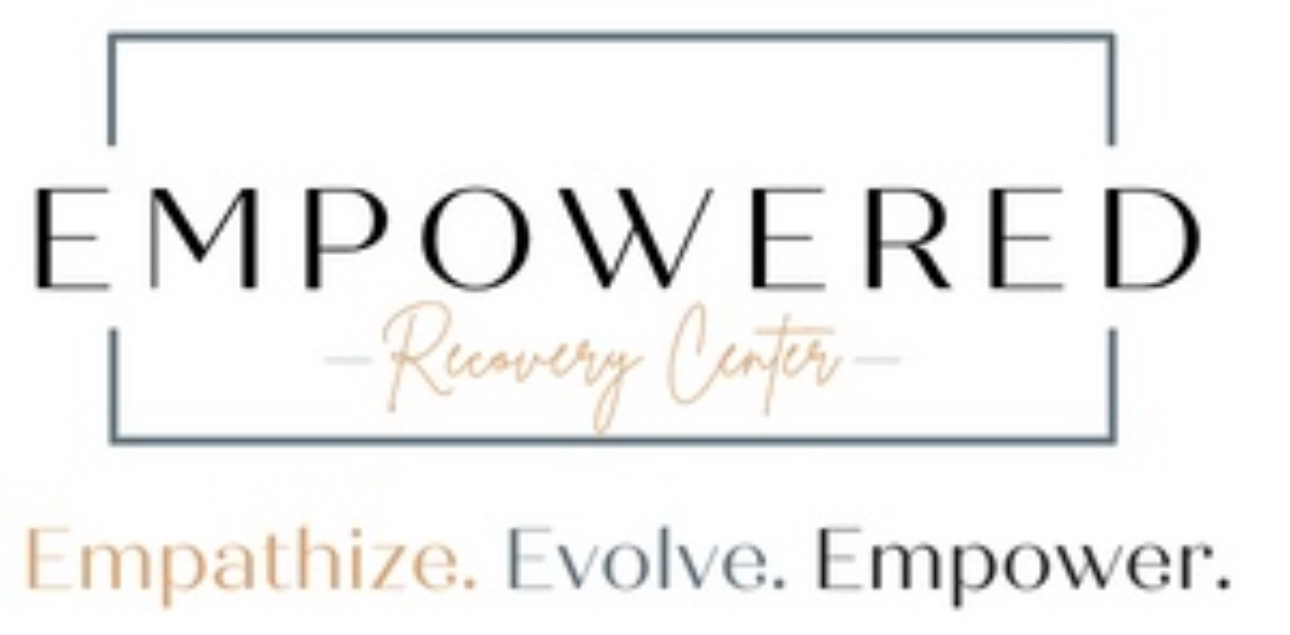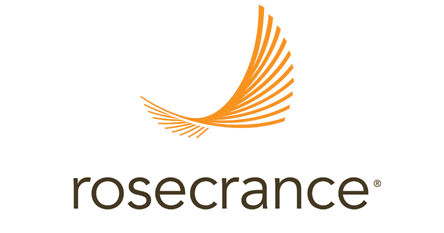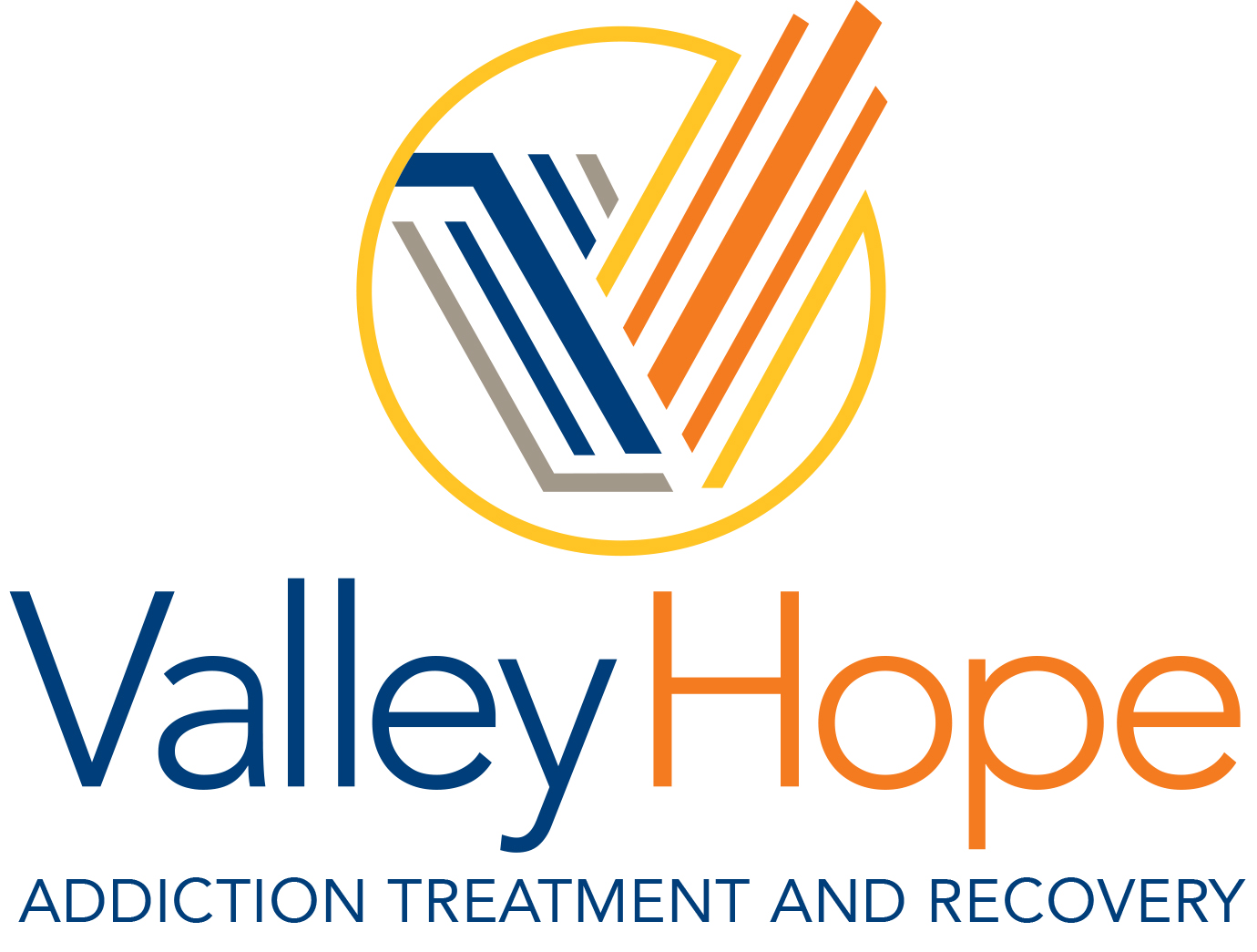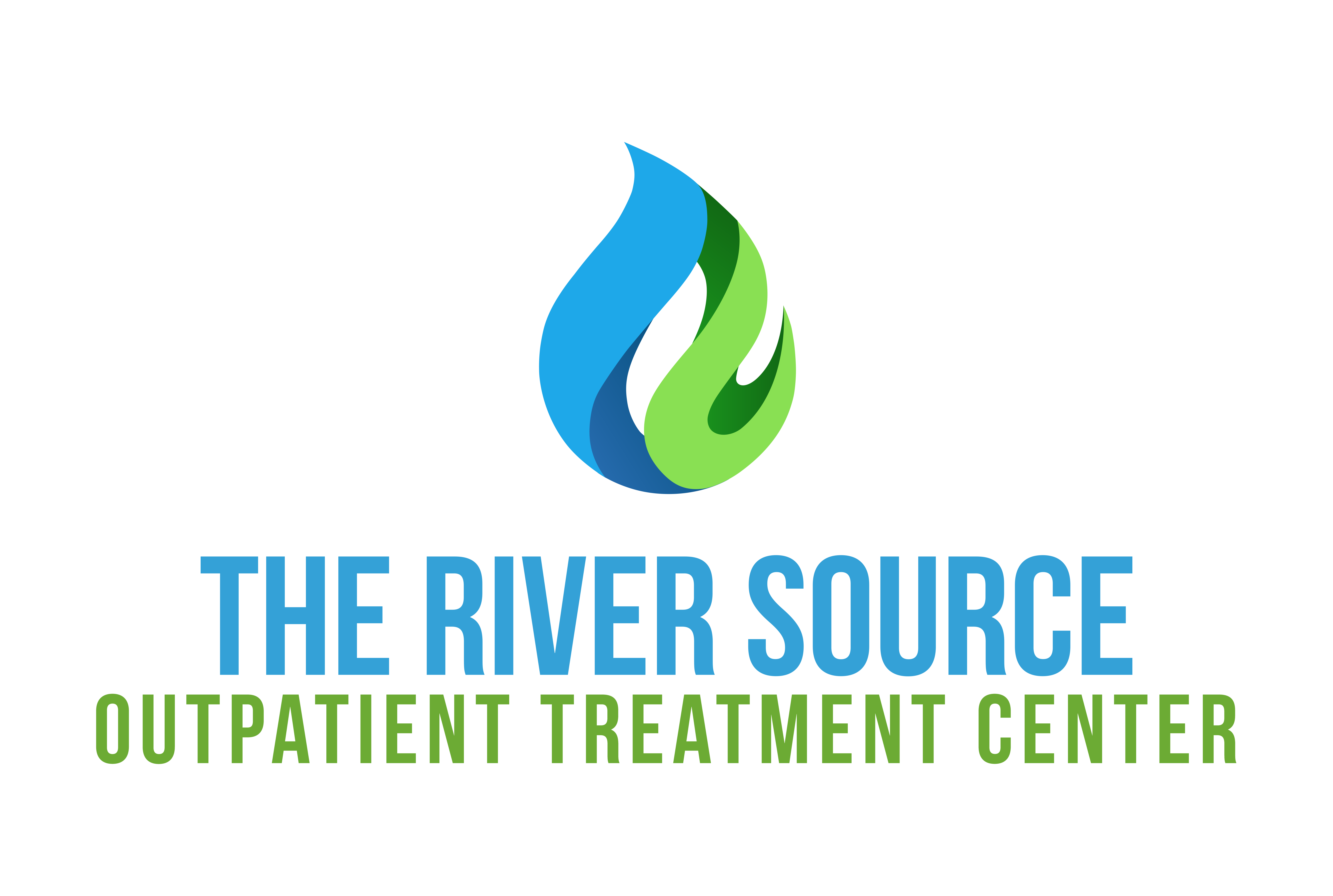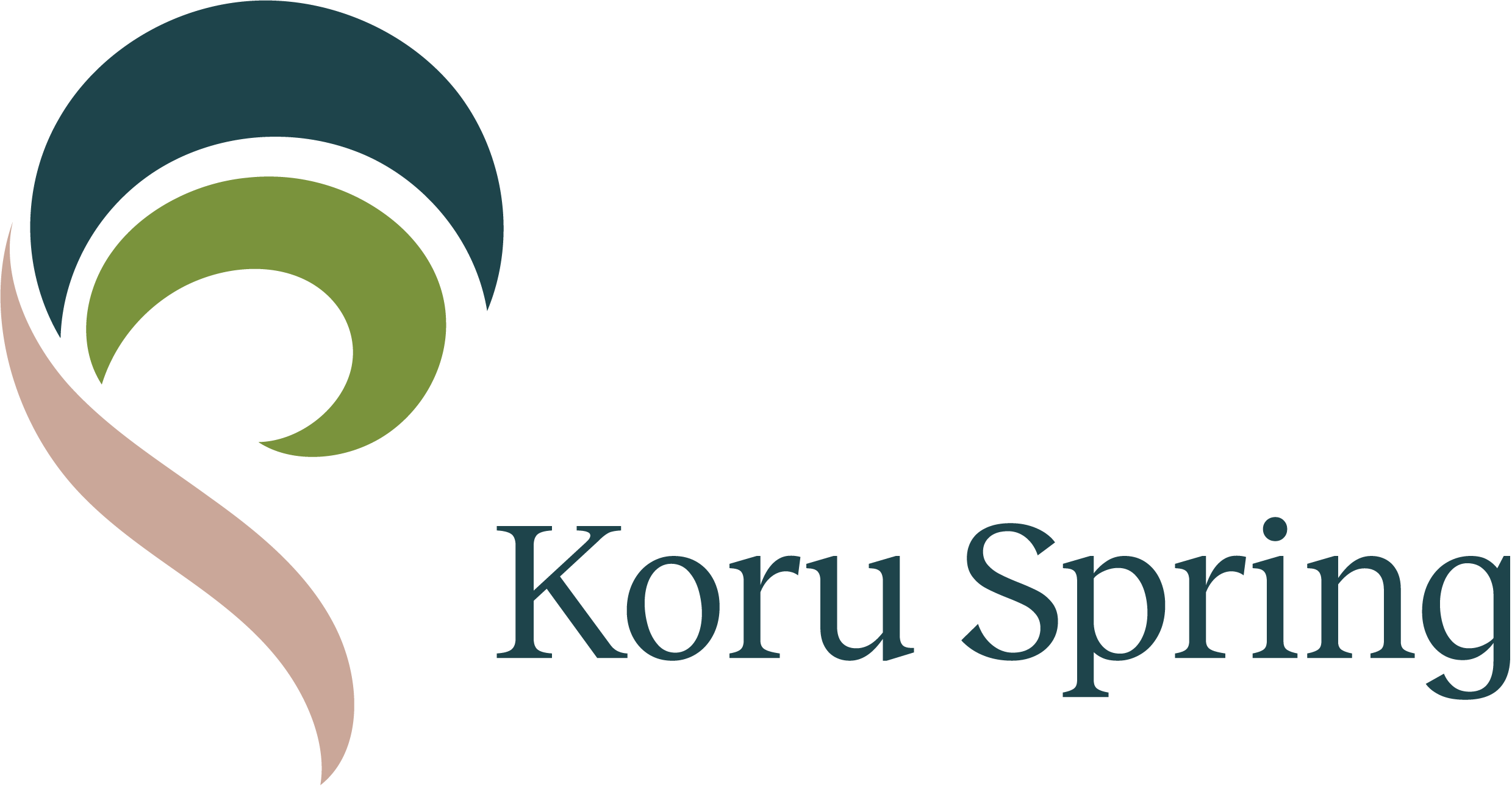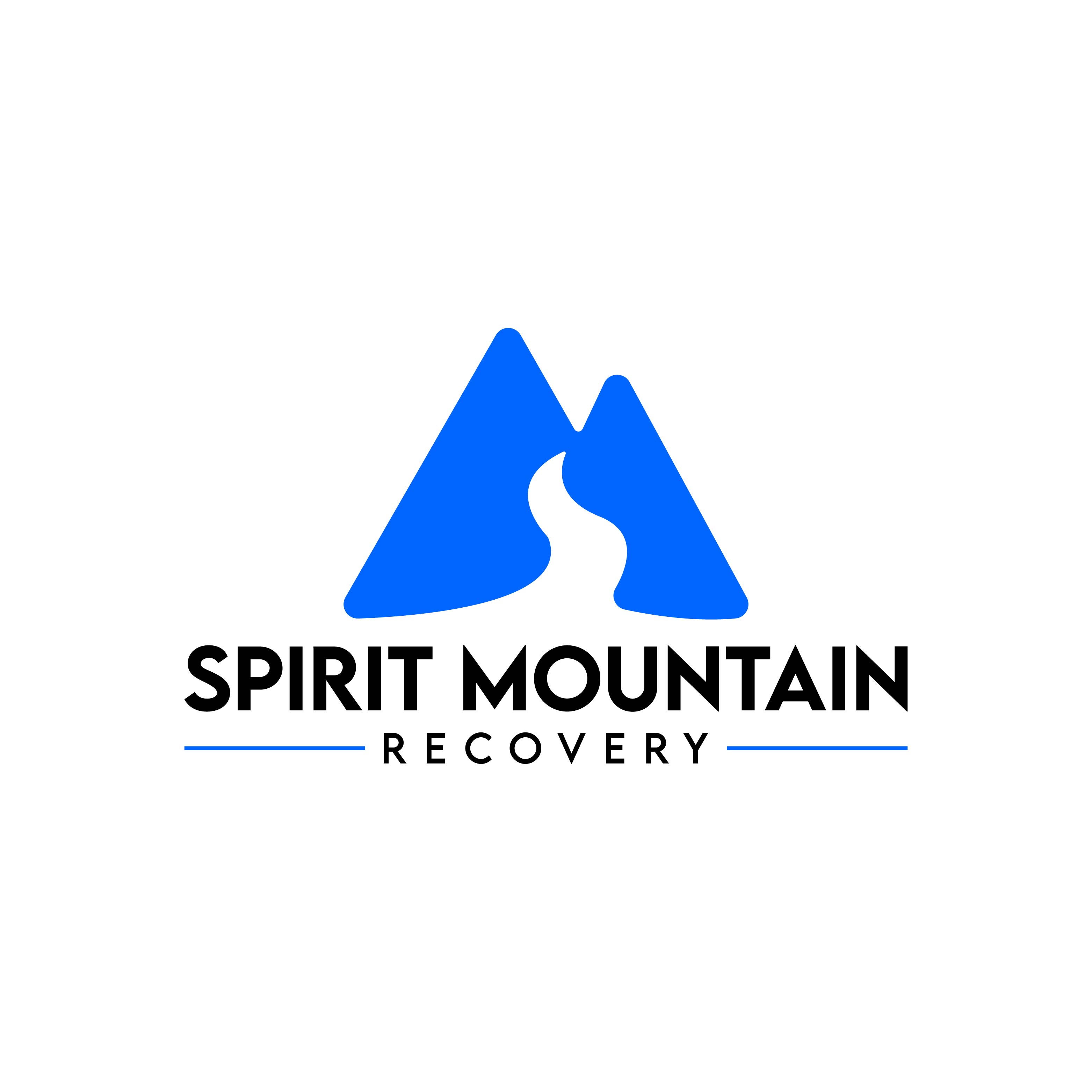Jan 12, 2023
Initiating and cultivating a participant registry with maximized participation of the persons served requires intentional methodology and consistent attention. For participant registries of people following treatment for substance use disorders (SUDs), the methodology must consider what we know about characteristics of the addiction disease process and effectiveness of the clinical treatment model. SUD treatment providing organizations can seat their participant registries in their treatment practices and embed data collection within a current treatment model. So what does this mean for collecting data, participating in research, and reacting to evidence based findings in the clinical sector?
SUD treatment centers keen to contribute to evidence-based treatment models can integrate data collection into the services they provide, with outcomes of treatment recursive to care, by first adopting a long term model in the form of continuing clinical care, recovery coaching, or alumni support services. These teams serve the recovery support of the person served by completing phone calls to them at specific time increments (e.g. months 1, 3, 6, 9, and 12 post-acute care) that are fundamentally formative in the person’s recovery trajectory. The service is promoted to the person served from the initial pre-admission pitch of the organization’s treatment model, throughout treatment, and during the exit process.
An organization’s participation in evidence-based research can be presented to potential patients at the admissions and marketing levels as an important asset in the organization’s commitment to informing and implementing evidence based-practices and innovative measures towards improving care. This is a practice and attitude that is widely adopted in primary healthcare and can be spread within the SUD services arena.
The admissions process is an opportunity to discuss with the patient how the organization measures each individual’s progress and treatment outcomes, and how these data are analyzed and used. Organizations can reiterate that this process does not involve any change to the normal treatment plan, but simply allows the organization to make meaning of data that is collected during treatment and continuing care. Clients can be introduced to relevant staff who will be implementing the calls while the person is still participating in treatment. The caller can be introduced to the client as their personal liaison and source of support following completion of the acute-care treatment phase. During the pre-exit process, the participant can be reminded that they will receive calls from their liaison as a normal part of the continuing care model that is committed to the support of the person in their recovery process. The final of the initial touch points occurs when the first call is made by the liaison.
A recipe for success employs fundamental principles of behavioral psychology that reinforce the participant to continue answering the calls and discourages the client from wanting to discontinue the service. Callers should open the call with warmth, a genuine intention to serve, and a sense of authenticity and integrity to gain nothing from the call of personal or organizational benefit. In practice, some aspects of the call should include a friendly and casual tone that inquires after the well-being of the client following listening, and is removed from asking the person formal questions in a rote manner directly from the survey sheet. The caller should prioritize listening, rather, and encourage the client to speak freely and liberally. While listening the caller can glean many of the desired points of information needed to assemble meaningful data. The caller can take notes on unique points of conversation to utilize in future calls to create an environment where the person feels heard, remembered, and prioritized. Notes can be taken on events that arise and are perceived to be problematic and those that are especially effective. Points should be discussed in routine team meetings and incorporated into a flexible and evolving model of data collection and continuing care. Calls should be long enough to gather the necessary information and create a relaxed energy, but not so long the person called feels overwhelmed or fatigued with the process. Research has demonstrated that a call time of 20 minutes or less is generally ideal for achieving those goals.
Creating and maintaining a participant registry that is valuable to informed care can be a simple process with a clear path to success. Leaders can measure incremental impacts of successive changes toward reaching the numeric goal of the desired reach and response rate. Fundamentally, however, if the organization commits to an authentic purpose to serve and improve, to collaborate on a higher level for the greater good of recovery treatment, and tends the garden of participants diligently and with warmth, there will be growth in the field and improvement for the future.
Nena Butterfield, PhD is Director of Resource Development and Community Relations at Pavillon in Mill Spring, NC. Brian Coon, MA is Pavillon’s Director of Innovation, Training and Research. Pavillon is a NAATP Provider member and a Data Site in the NAATP Foundation for Recovery Science and Education (FoRSE) Addiction Treatment Outcomes Program.
A recorded lecture by the authors of this blog, entitled ‘Using Recovery Management Practices and Principles to Improve Your SUD Outcome Call Purpose and Method,’ is available at the following link: https://pavillon.sharefile.com/d-s09ca3069ad7a47b2930d1106f1eecc24.




